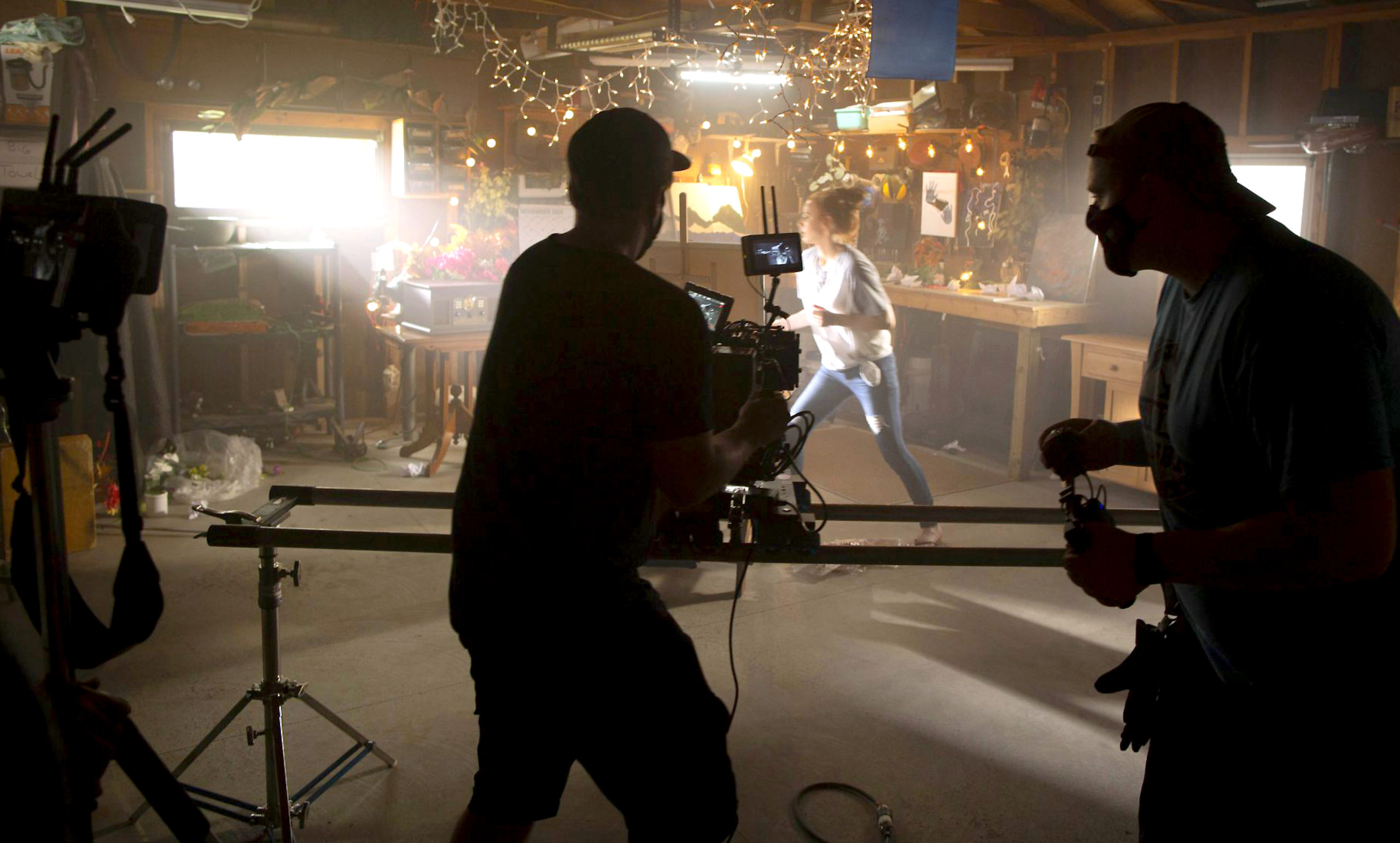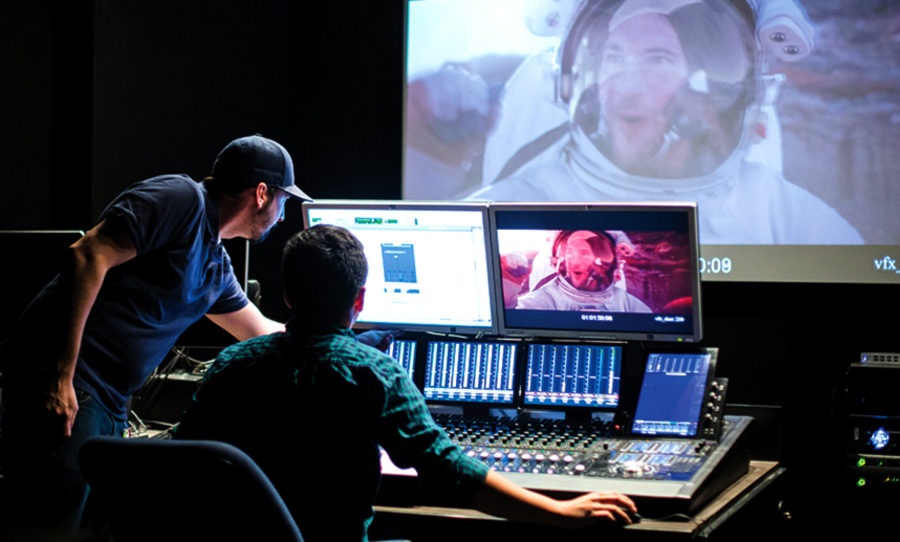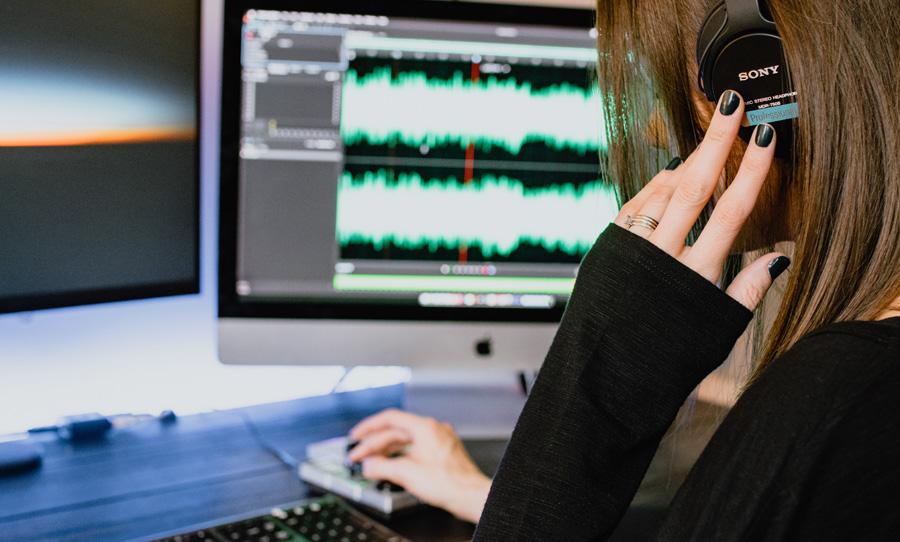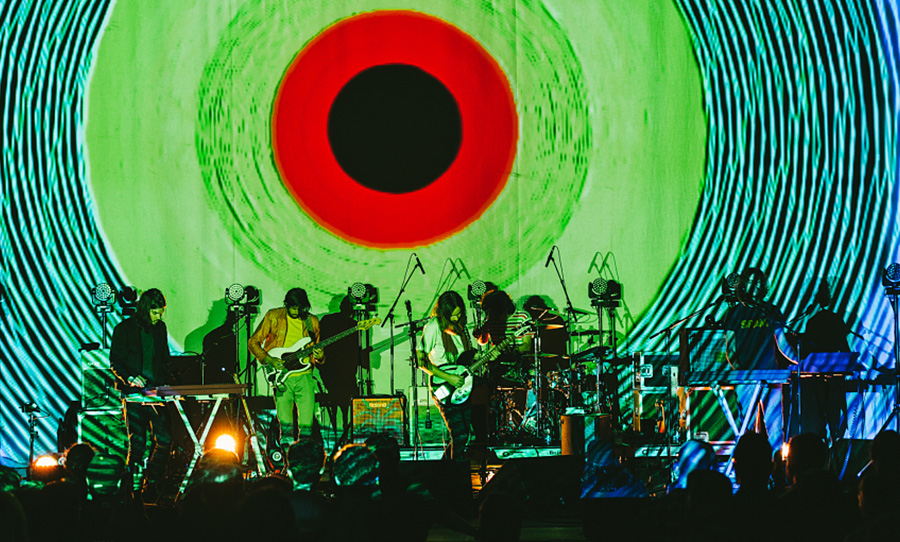With so much content available at our fingertips, tales that make the most of sound design stand out. Let’s find out how audio can make stories more compelling.
Before dialogue could even be recorded, filmmakers understood the impact of sound on a story, even if it was just a piano running parallel to the on-screen action. Needless to say, sound design has advanced dramatically since the early days.
In recent years, the curve of advancements has become exponential. Post-production, mixing, and editing have become fully-fledged artistic pursuits in their own right. And with so much content competing for the world’s eyeballs, filmmakers are increasingly exploiting the full potential of sound design to further immerse audiences in compelling narratives.
In addition, courses such as the Master of Arts in Screen Sound at AFTRS are only growing in popularity as more and more young professionals enter the field. To explore this fascinating industry further, let’s dive into the techniques and gear behind the cutting edge world of sound design for film and TV.

What is sound design?
Most people would be aware of the discrete components that make up the sound of the film. Of course, there’s the soundtrack. Soundtracks have been around since the birth of film, and many, from the era of Hitchcock onwards, have become cultural phenomena in their own right.
The sound effects that accompany the action also play a massive role in how an audience experiences a piece of cinema or TV show — and there have been many famous examples throughout the decades.
Sound design encompasses all these aspects of a production and overlays them with a crucial question: how? The how refers to the tools and techniques involved. For example, you may want to create a spooky atmosphere, so how will you achieve this sonically?
Music can help, but is the timbre of the instruments affected in any way to enhance the tension? Sound effects can also be effective, but how will they be treated to enhance the story? A quiet footstep may begin to create an ominous feeling, but can that be heightened with the sound of a breath too? These decisions fall under the umbrella of sound design. It’s not necessarily a job for one person, but rather, an overarching awareness of the potential of sound, no matter where it comes from.

Tools of the trade
Considering the broad nature of the sound design concept means that there are a plethora of tools for the job — from the on set recording to post-production. A formal course in sound design will always equip you better for the job than Youtube videos (or even articles), but there are some golden rules we can all abide by.
It’s a no-brainer to utilise microphones at the recording stage, but what type is best? The most versatile mic that you can employ in the field is a shotgun mic. This special type of condenser microphone specialises in capturing sounds from a distance. And if you’re working outdoors, with plenty of ambient noise to contend with, the shotgun will be your best friend.
That’s not to say you should be limited to it. Legendary recordist for the BBC Chris Watson has been known to use discreet lapel mics, with really, really long cables to get up close and personal to animals and their habitats without being seen.
Binaural and 3D microphones are starting to gain more of a foothold in the industry too. Notable examples — like the astonishingly pricey Neumann KU100 Dummy Head — replicate the listening functions of a human. Thankfully though, there are more affordable ambisonic microphones that can capture audio on horizontal and vertical axes.
At this stage of the process, the curation is all-important. Which sounds you choose to record will have a great impact on the atmosphere of a particular scene. Just like the visual component of filmmaking, the sound world is a construct; the seemingly utilitarian auditory world that we inhabit is given new context by sound design.
By choosing to record incidental footsteps, keyboard clacks, or distant engines and make a feature of theme, the sound designer has the power to genuinely affect the narrative.
Post production
Once you have the recorded sounds in the box, a whole new set of tools can bring new life to the sonic environment. The digital audio workstation (DAW) is the common setting for layering sounds and treating them with effects.
If you have a background in music production, the world of effects should be familiar. Reverb is especially useful for creating the sensation of different kinds of spaces. Nowadays, there are literally thousands of software options for reverb. Convolution reverb, for example, uses impulse responses from actual venues. Need something to sound like it’s in a tunnel? I guarantee you, there’s a reverb for that!
In any music production, effects are applied. But in the context of the screen, they take on a new level of significance. Musical decisions for soundtracks are made with the story in mind, so notions of conventional structure go out the window; it’s all about sound design, as Hans Zimmer would attest.
This is, of course, barely scratching the surface of the possibilities of sound design. Whether you’re recording on set, working with foley, constructing an epic score, or putting all these elements together, keeping the story top of mind is the first necessary step in making sure the sound design for your project is on point.

If you’re interested in exploring the world of sound design for film and TV, AFTRS are now registering interest in their Master of Arts Screen: Sound course. To find out more, click here.



